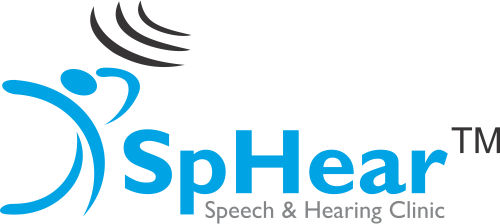- +91-11-4608 5246
- [email protected]
- Mon - Sat : 10:00 AM - 06:00 PM
Reflex Decay Test
Reflex Decay Test
A Reflex decay test is a test that assesses any diminution in the reflex action in reactance to extended perpetual stimulation. This test is usually done when there is a hunch of decay of the acoustic reflex. To conduct this test, a high intensity stimulus is exhibited to the ear, just contralateral to the tip of the probe. This stimulation is conferred in the form of a pure tone with a recurrence of at least 10dB above the ambit of the acoustic reflex. This tone is played for about 10 seconds as acute stimulation can cause detriment to the ear canal.
A stimulation above the range of 105 dB should not be employed as it can cause permanent detriment to the ear drum.Reflex decay test has been evolved in order to diagnose tumor- stimulated pathologies entailing and touching the auditory nerve. This test is usually wrought by conferring sound that is 10 dB over the contralateral acoustic-reflex threshold at 500 or 1000 hertz (Hz) for 10 seconds. Reflex Decay Test is a monitoring procedure for retrocochlear entailment. Once the reflex threshold has been enunciated, the stimulus intensity is enhanced, and the reflex is gauged for persistence over 10 second duration. It is the diminution in the magnitude of the acoustic reflex during an elongated stimulation.
Reflex decay test is delimited as a reduction in the contraction of the muscle during a persistently stimulating signal. This is also effective in elucidating and distinguishing auditory test upshots.Reflex decay test is gauged at 500 and 1000 Hz only, because speedy adaptation is generic at higher stimulation frequencies. This test is quintessentially gauged contralaterally using a 10 second stimulation.Reflex decay test is impaired if the reflex is decreased more than 50% over the first 10 seconds. Impaired reflex decay is kindred with retrocochlear pathologies.
This test scrutinizes to see whether a reflex contraction can be sustained during a short period of stimulation. An uninterrupted tone is exhibited for 10 seconds, which is 10dB beyond the acoustic reflex threshold. The upshots of the muscle reactance are recorded in the process. If the scale of the reflex reactance stays contracted for the 10 second continuance, the test is negative for reflex decay. However, if the reflex reactance sinks more than 50% during that time, the test is positive for reflex decay.
During the process of reflex decay test at SpHear Clinic, loud tones are exhibited endlessly for 15-20 seconds. The apparatus records how long your ear can sustain the reflex. This renders additional knowingness about the auditory pathway. At SpHear Clinic, reflex decay testing with presently accessible apparatus is conducted by exhibiting pure tone stimulation via an earphone in the surmised ear.
Reflex Decay Test is only executed if a retro-cochlea (acoustic nerve) pathogen is surmised or is being precluded. If the reflex is functioning normally, the muscles stay tight for the full ten seconds when the tone is acted. At SpHear Clinic the reliable upshots for reflex decay test are elicited at contralateral 500 Hz.
